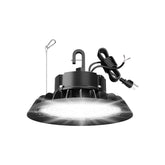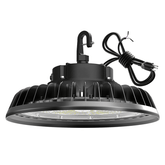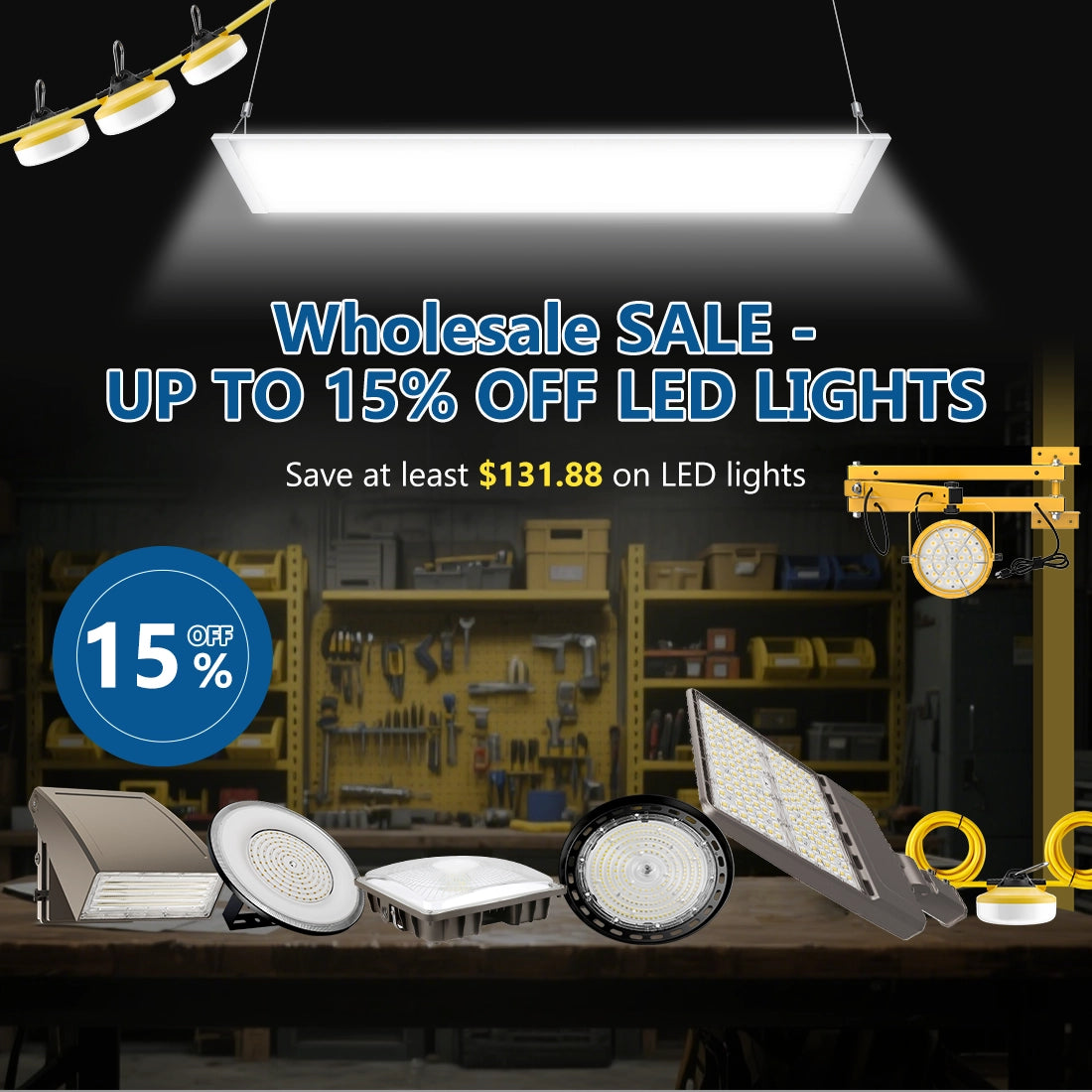Optimizing LED Lighting in Functional Workspaces
Laboratories and warehouses, as crucial functional spaces, their lighting directly impacts work efficiency and safety. With advantages such as energy efficiency and high adaptability, LED technology has become an ideal choice for optimizing lighting in these spaces. This article will explore the key points of LED lighting design for laboratories and warehouses and explore how to enhance the efficiency of these spaces through scientific configuration.
Laboratory Lighting Design
- General Lighting
In lab design, the overall illuminance in the laboratory should be maintained between 500 - 1000 lux. Recessed panel lights or Linear High bay lights are recommended. A grid layout can effectively reduce shadows and ensure that key areas such as laboratory benches and instrument areas are evenly covered with light.
- Task Lighting
In precision operation areas (such as microscope stations and sample processing areas), adjustable-angle LED task lights need to be configured. Under-cabinet lights can eliminate shadows on the workbench, while ring lights can accurately locate microscopic samples, meeting the strict requirements for detailed operations.
- Color Rendering Index (CRI)
For biological and chemical laboratories, it is crucial to select LED light sources with a CRI ≥ 90. This can prevent color distortion from affecting experimental results. High color rendering ensures accurate identification of details such as color changes of chemical reagents and sample characteristics.
Advantages of LED Lighting Fixtures in Laboratories
- Energy Efficiency and Long Lifespan: The energy efficiency of LED lighting fixtures is 60% of that of traditional fluorescent lamps, and their lifespan can reach up to 50,000 hours, reducing the frequency of replacement and maintenance.
- Flicker-Free and Low Heat: LED lighting fixtures are flicker-free, protecting eyesight. At the same time, their low heat generation also avoids temperature interference with experimental samples.
- Precise Dimming: LED lighting fixtures can be combined with sensors to achieve stepless adjustment of brightness, meeting the requirements of different experimental scenarios.
Warehouse Lighting Design
- LED High Bay Lights for Warehouses
LED high bay lights are an ideal choice. At the same time, it is necessary to select more suitable lighting fixture requirements according to the height of the warehouse. The illuminance requirement for the general storage area is 200 - 300 lux, while that for the sorting and packaging area should be increased to 500 lux. The lumen output of the lighting fixtures can be customized according to the height of the shelves to ensure the lighting effect in each area.
- For Workplace Safety
LED emergency lights should cover all escape routes and exits to ensure automatic activation in case of power failure. At the same time, the lighting in the heavy machinery area needs to be strengthened to eliminate blind spots and reduce the risk of collisions during handling.
Advantages of LED Lighting Fixtures in Warehouses
- High Energy Efficiency: Compared with traditional high-pressure sodium lamps, LED lighting fixtures can save up to 70% of energy and have an instant start function without preheating time.
- Seismic Resistance and Durability: LED lighting fixtures have no glass components or filament structures, with excellent seismic resistance, making them suitable for environments where heavy machinery such as forklifts operate frequently.
- Directional Lighting: High bay LED lighting fixtures can accurately control the beam angle, reducing light waste and improving the uniformity of shelf lighting.
Conclusion
In laboratories, the precise light color and flicker-free characteristics of LED ensure the accuracy of scientific research; in warehouses, the energy efficiency and seismic design of LED improve the reliability of logistics. With its low energy consumption, long lifespan, and high adaptability, LED technology has successfully addressed many pain points of traditional lighting systems. In the future, combined with intelligent control systems, LED lighting will further promote the efficiency upgrade of functional workspaces.









